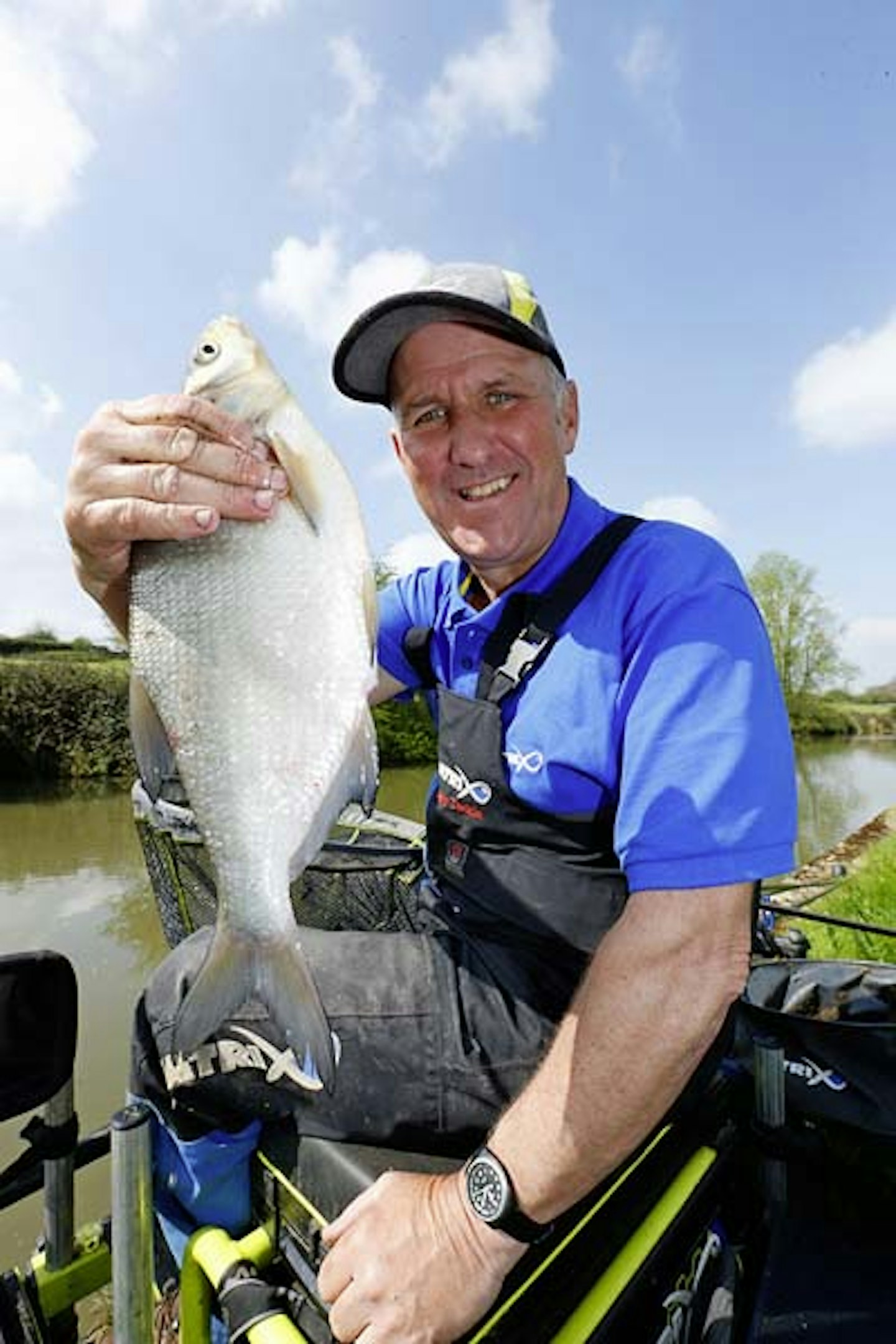The leaves are finally bursting into life on trees and bushes, and for the canal angler this means big fish become a viable target, be they tench, chub or – on the majority of venues – bream.
From big shipping canals to narrow classic waterways, skimmers and bream abound but they don’t give themselves up easily. Many a time a peg will ‘fizz’ with bubbles but you can’t get a bite, let alone catch a fish.
Patience is important. Bream can leave it late in the day to feed but you must accept that there may just be the odd fish in the swim. The important thing is getting these stray fish to feed and make it worth the time you’re spending fishing for them.
WHAT TO FEED
Fifteen years ago I’d never have thought that pellets and corn would catch on a canal, but they do now. However, in spring nothing beats a good old chopped-worm-and-caster approach.
This all-out particle attack pulls in big fish and also means that the bait stays put when a boat goes through. Groundbait is good but roach love it, and they can be a pest when trying to catch bream.
If a boat ploughs through, the crumb can be washed a good few feet down the swim. This doesn’t happen with particles. I feed finely-chopped worm and caster in a 25:75 ratio and then add a few dead red maggots in with them. Around three-quarters of a large pole cup goes in at the start.
ALL IN THE TIMING
Don’t be in a rush to get fishing over here. I’ll begin a session fishing squatt short and long for roach. This will take around an hour and a bit, and it is the perfect length of time to let the bream swim settle.
During this time I will also fire a few casters in with a catapult but not too often, as you get a spread of bait when loosefeeding and this can push feed into that far-bank cover where you can’t get a rig in!
HOOKBAITS
When the time comes to fish, I’d begin with a single caster and a single dead red maggot or double caster on the hook. These are super skimmer baits and pick up big perch too.
As a change, or when I know some big fish are on the feed, I will slip on an inch-long section of worm tipped with a dead maggot.
WHERE TO FISH
Cover always holds fish, so you have to fish to a bush, an overhanging tree or some brambles or on a featureless peg, tight up to the far-bank tins. However, I wouldn’t feed or fish bang up against the cover as this is somewhere I may want to try later in the day when the fish move. Instead,
I’ll make my bed a few feet away from the cover on top of the far-bank shelf – I’m looking for a minimum of 18ins of water here.
THE RIG
Although you are after big fish close to snags, don’t fish too heavy – 0.12mm Matrix Power Micron mainline to a hooklink of 0.10mm and a size 16 Kamasan B511 hook is more than enough when matched to a grade 6 Matrix hollow elastic.
If I was fishing bang up against the cover, though, I’d consider changing to a solid No6 elastic so that I can pull fish to safety quickly.
The float is a 0.2g MP6 shotted with a simple bulk, and I plumb up to fish at dead depth. Going overdepth will only lead to the float being dragged under when the canal begins to pull as a boat goes through a lock.

TOPPING UP
So let’s say you catch a skimmer. Do you feed more? My rule is to feed after every three or four skimmers because if you get one, chances are that much of that initial feed will still be there. Only when I rest this line will I feed again with another three-quarters of a pot of worm, caster and dead maggots.
Much will depend on how many fish are in the peg, though. When there are quite a few you can wait a lot longer between feeds – but if there’s only the odd skimmer about and I’ll be juggling my swims, I’ll be topping up more often simply to try and get that odd fish to have a go quickly and ensure I’m not wasting too much time waiting.

.jpg?ar=16%3A9&fit=crop&crop=top&auto=format&w=1440&q=80)